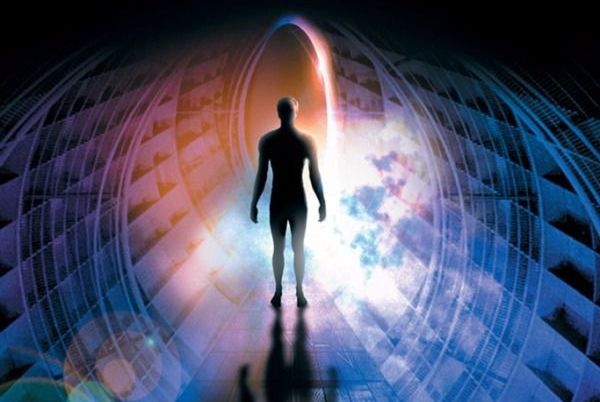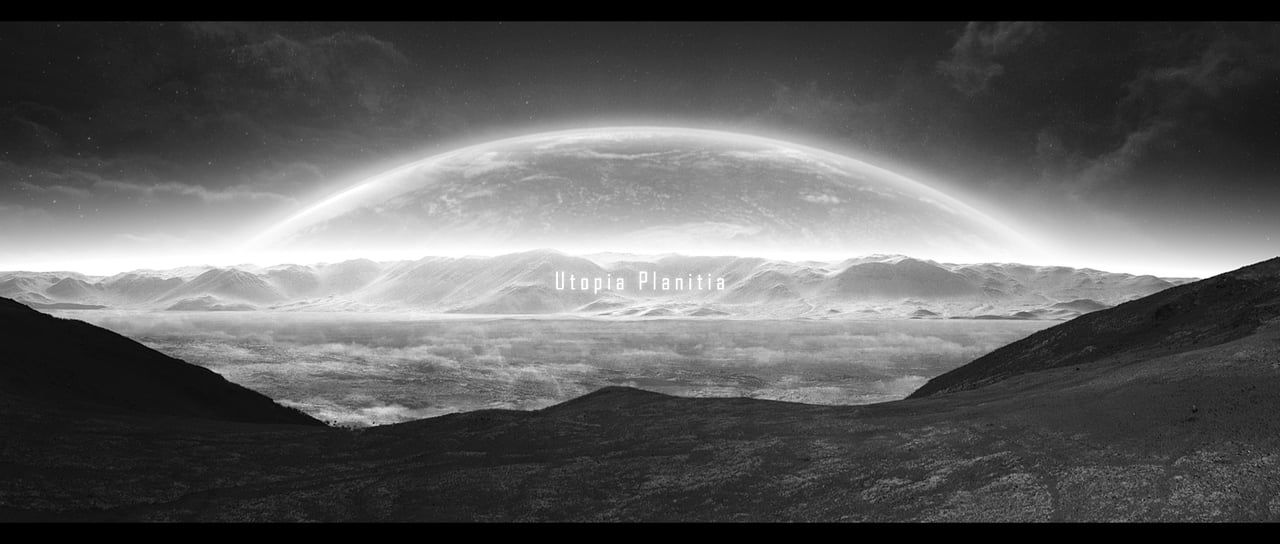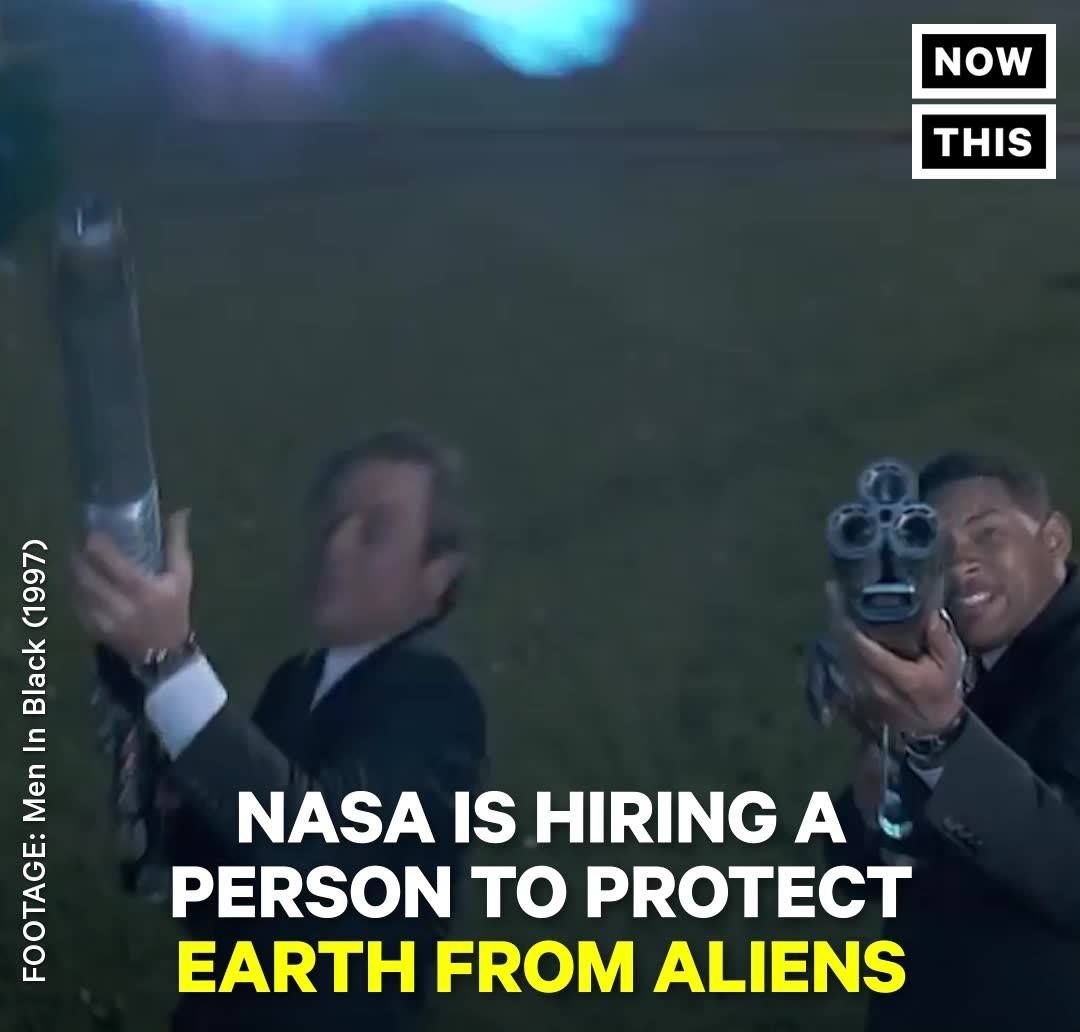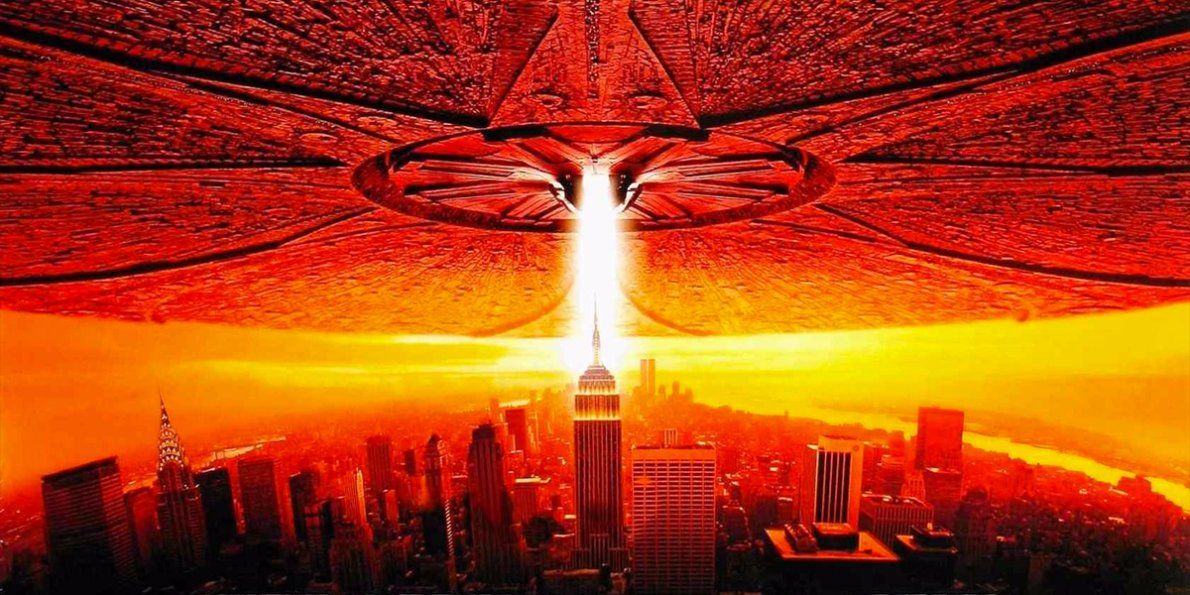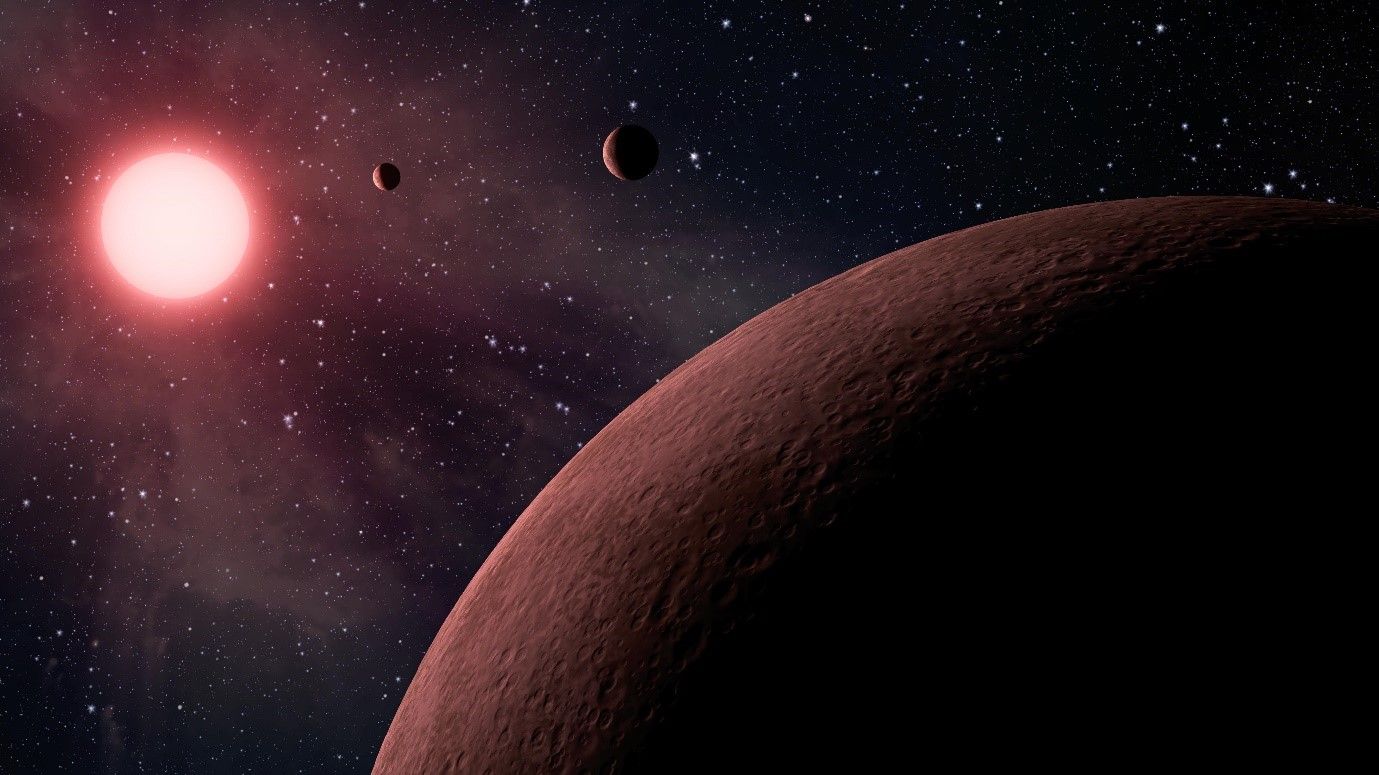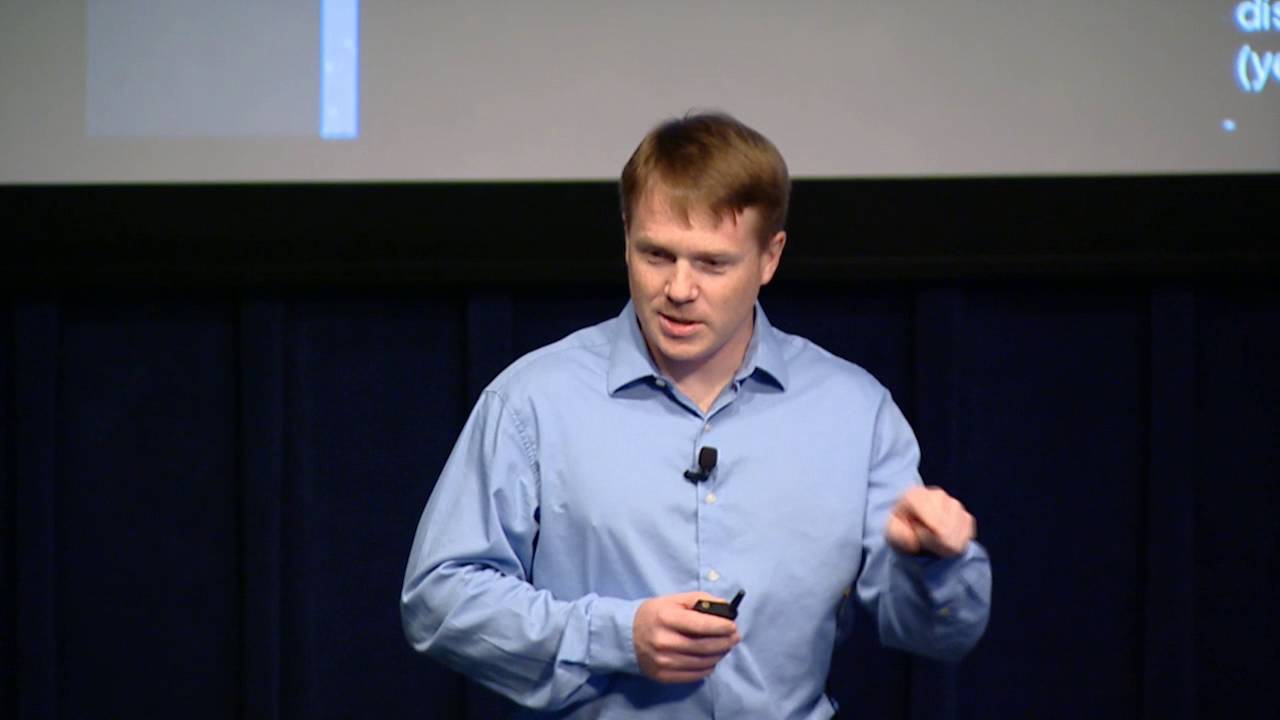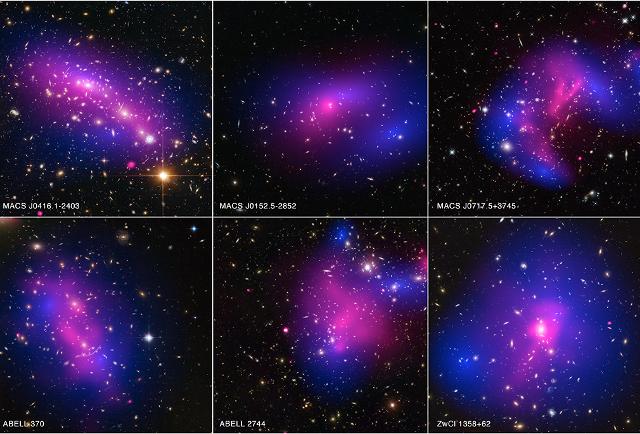Aug 5, 2017
“Avoiding Andromeda Strain” –NASA Identifies 25 Gaps in Our Knowledge to Guard Earth Against Alien Life & Biological Contamination“
Posted by Brett Gallie II in categories: alien life, biological
One of the greatest fears of the world’s space is a real-life Andromeda Strain, the chilling movie about a US research satellite carrying a deadly extraterrestrial microscopic organism that crashes into a small town in Arizona. A group of top scientists are hurriedly assembled in a bid to identify and contain the lethal stowaway.
